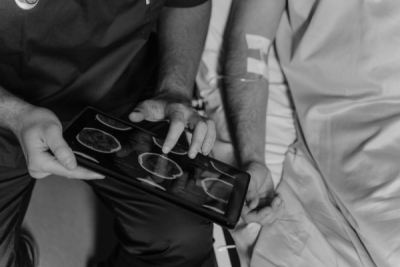Chronic alcohol use is harmful to the human body, and organ damage can persist even after a person stops drinking. Whether an organ can recover after abstaining and how long it would take is a frequent debate in scientific literature and in the general population. However, researchers point out that recovery time varies from organ to organ, and is strongly influenced by the consumption pattern and time that the individual had before stopping drinking. But despite this, there is some evidence that it is possible to recover the functions of organs affected by alcohol (1).
Among the main organs affected by chronic alcohol use are the liver, heart, pancreas, gastrointestinal tract and bones. For each of them, there is a body of evidence indicating whether abstaining from alcohol is capable of promoting the recovery of functions and damage caused by chronic use of the substance. Figure 1, below, summarizes the conclusions of the research on each of these organs. On the left, you can see data relating to research with human patients. On the right, data relating to research with animal models are presented.
In short, what the body of scientific evidence points to is that the damage caused by alcohol consumption to the organs of the human body can be recovered.
Regarding the time it takes for this functional recovery of the organs to occur, some studies indicate that, after a month of abstinence, some cardiac functions begin to show signs of recovery, for example. As for the liver, the time needed for signs of recovery to begin to appear can vary from 1 to 6 months. On the other hand, signs of bone dysfunction can be detected even after 5 years of abstinence (1).
Alcohol abuse is extremely harmful to health, and it should be noted that, in addition to the damage caused to each of the organs and its chronic effects, there is an increased risk of injuries that, more than damaging the body, can lead the individual to death. Thus, these data on the functional recovery of the human body can be an important incentive for abstinence in people with disorders related to alcohol use, showing that it is possible to reverse, even partially, some of the main damages caused by substance abuse by stopping drinking.











